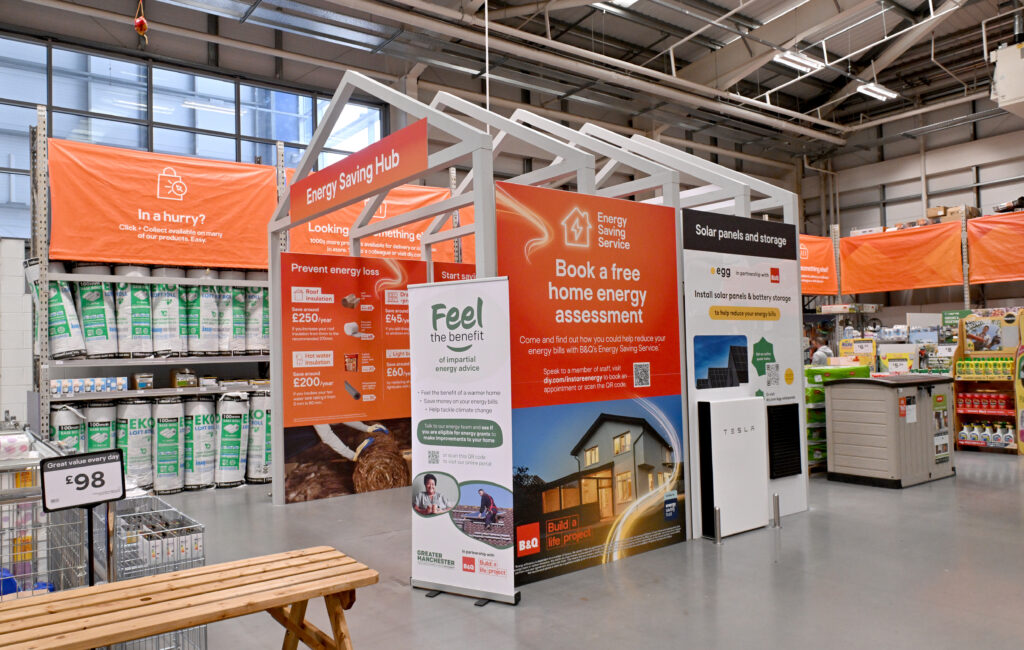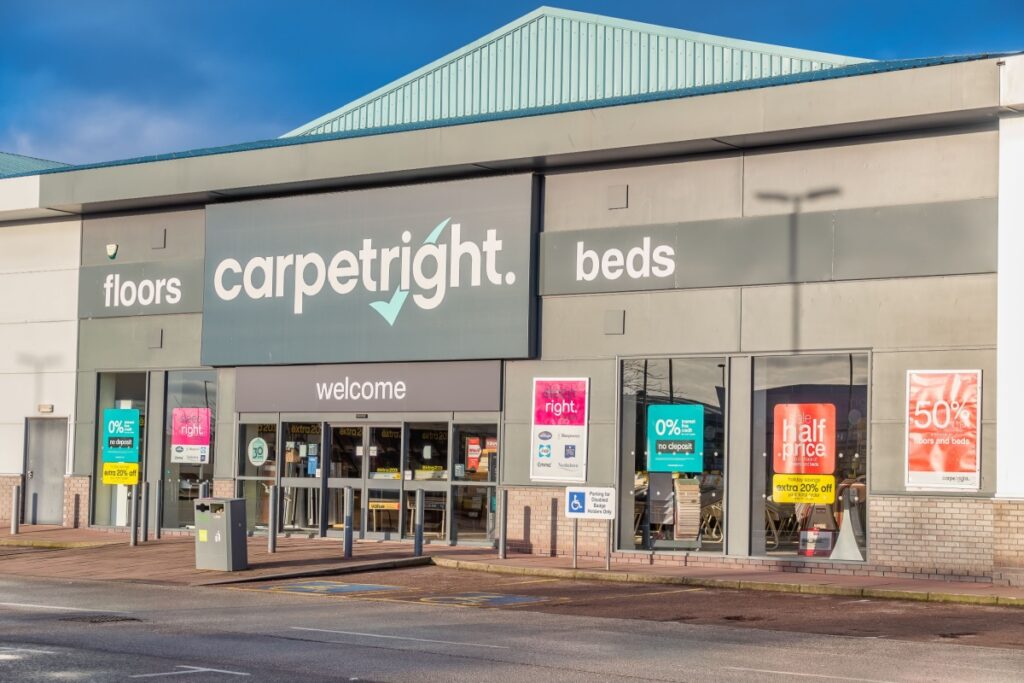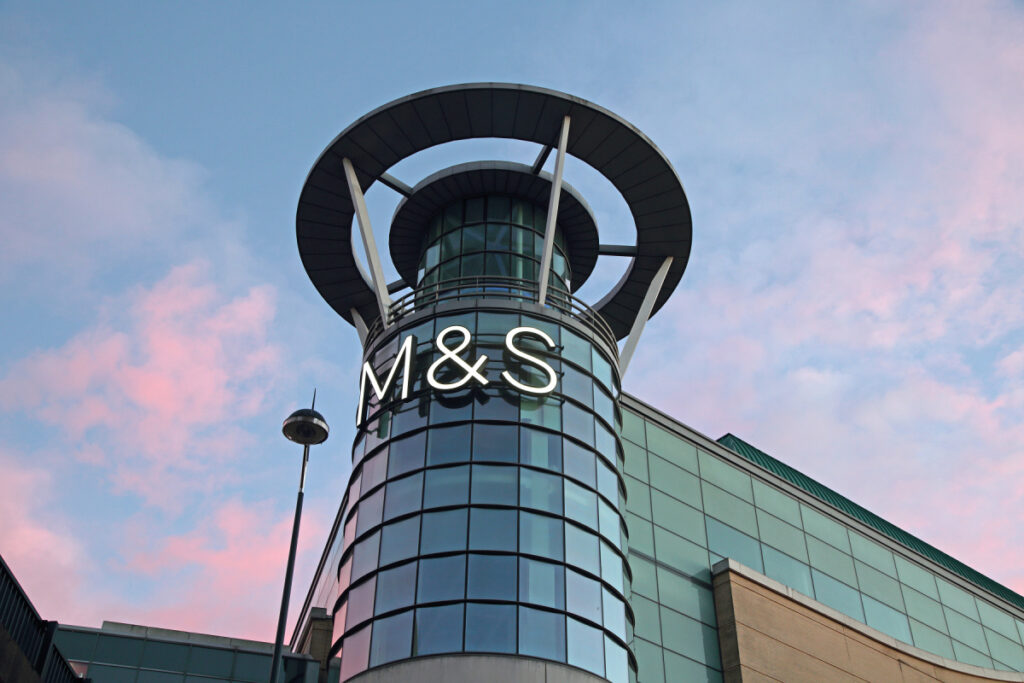Tell us a bit about yourself and your background before ShopperTrak.
I actually started my career training as a graphic designer, before I moved to Boots, the UK‘s leading high street chemist.
I was there for 15 years in all, in different roles across Operations, store design and space planning, as well as managing the rollout of the retailer‘s POS system across its store estate nationwide.
I also worked at L‘Oreal in a category management capacity, before eventually joining FootFall (now ShopperTrak) in 2010 to head up the UK business.
ShopperTrak recently merged with Footfall. Can you explain what this means for the firm going forward, and what it means for the retail sector as a whole?
ShopperTrak and FootFall are leading providers of consumer behaviour insight and location-based analytics, already serving retailers and property management organisations in over 100 countries and territories, globally.
The integration of the two businesses under the ShopperTrak name brings together the expertise and resources of both companies to offer retailers and property management organisations an unprecedented level of analytic capabilities to meet the needs of our customers.
Together, we now count 40 billion shopper visits annually, making us the leading authority on consumer behaviour in retail environments and offering our customers unparalleled insights into shoppers‘ traffic and behavioural trends.
With Christmas peak trading nearly upon us – and Black Friday just round the corner – how do you expect this to play out for UK retailers?
While we‘ve seen lots of build-up to Black Friday, we can actually expect to see a decline in shopper traffic on the day itself, down 2.8 per cent on last year.
This is not only due to how retailers plan to participate in the promotional event but also consumers‘ adoption of it, perhaps that Black Friday fatigue is setting in.
Some retailers, such as Asda and Next for example, have confirmed they won‘t participate in Black Friday at all, while others are extending promotions to longer periods, moving away from the ‘single day flash sale‘ model we saw in Black Friday trading prior to 2014.
For instance, Amazon has just this week launched 12 days of discounts, whereas Argos has promised shoppers a 13 day ‘shopping bonanza‘ over the Black Friday period.
By spreading demand over a long period, these extension strategies remove the immediacy on customers to make a purchase on Black Friday itself, meaning the urgency to go into a physical store to secure a discounted item is lessened.
Is there anything retailers can do to maximise shopper traffic in-store on Black Friday?
To drive shopper traffic in-store over the Black Friday period, it‘s important not to offer better deals online than in the store – by offering exclusives or special deals only available through bricks-and-mortar outlets, businesses can encourage shoppers into physical stores.
If you plan to actively drive shoppers in to the store, make sure you are prepared to received increased levels of customers to ensure the customer experience is maintained – long queue lengths while waiting to pay or car park congestion, may turn consumers away.
Dropping the price shouldn‘t mean lowering the standard of customer service.
Looking ahead, how can retailers ensure they are prepared for peak trading periods in 2017?
Understanding how trading peaks, such as Black Friday, impact shopper behaviour is the starting point.
Retailers preparing for 2017 should review last year‘s activity – analysing shopper footfall during these key periods will inform how they are addressed in 2017. <
RELATED STORIES


















